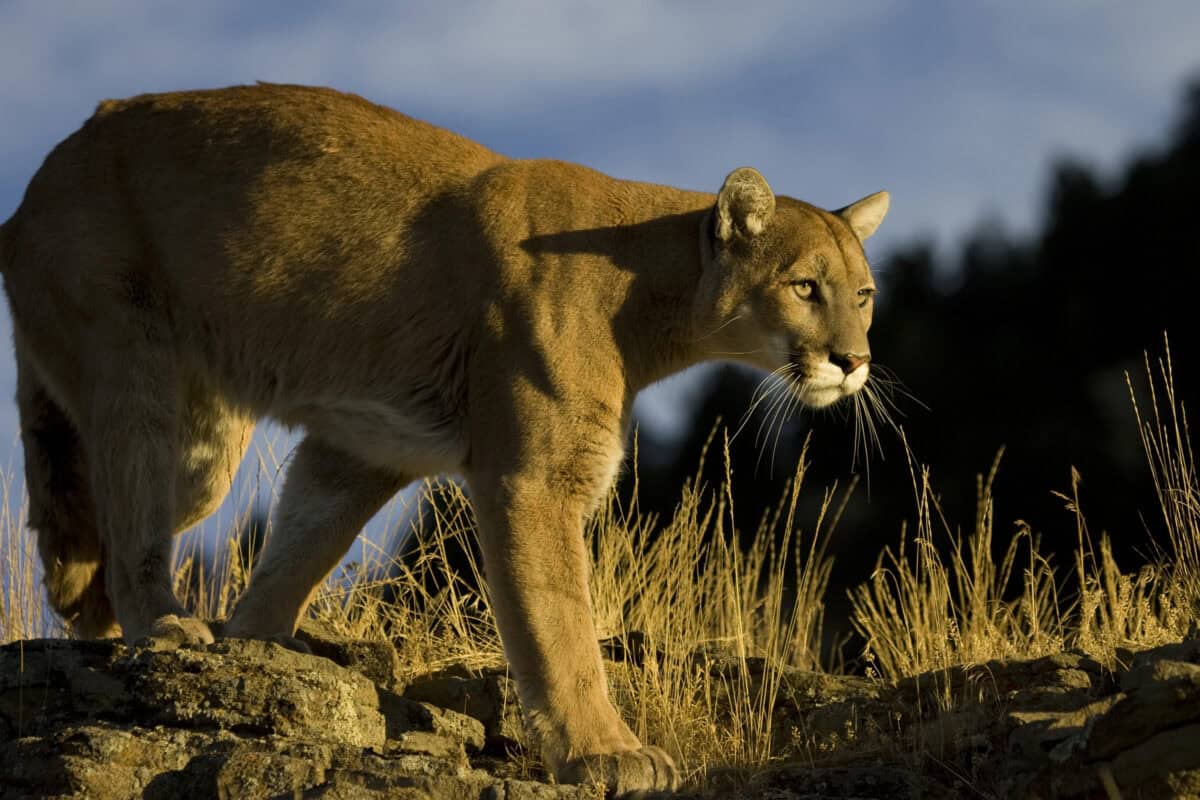The American Southwest is renowned for its arid deserts, rugged mountains, and breathtaking landscapes. But amidst this harsh and diverse terrain, there lies an enigmatic beauty — the big cats. These majestic creatures have roamed these lands for centuries, capturing the imagination of all who live alongside them. While often hidden from view, these elusive felines play a crucial role in the ecosystem. This article explores the mysterious world of the most elusive big cats inhabiting the American Southwest.
The Historical Range of Southwest Big Cats

Long before humans settled in the American Southwest, big cats like the jaguar, mountain lion, and bobcat roamed these territories freely. Historically, the population of these predators was widespread, occupying diverse habitats from dense forests to open deserts. Over time, human expansion and habitat destruction caused significant shrinkage in their range, leading to a pressing need for conservation efforts.
Understanding the Elusive Behavior of Big Cats
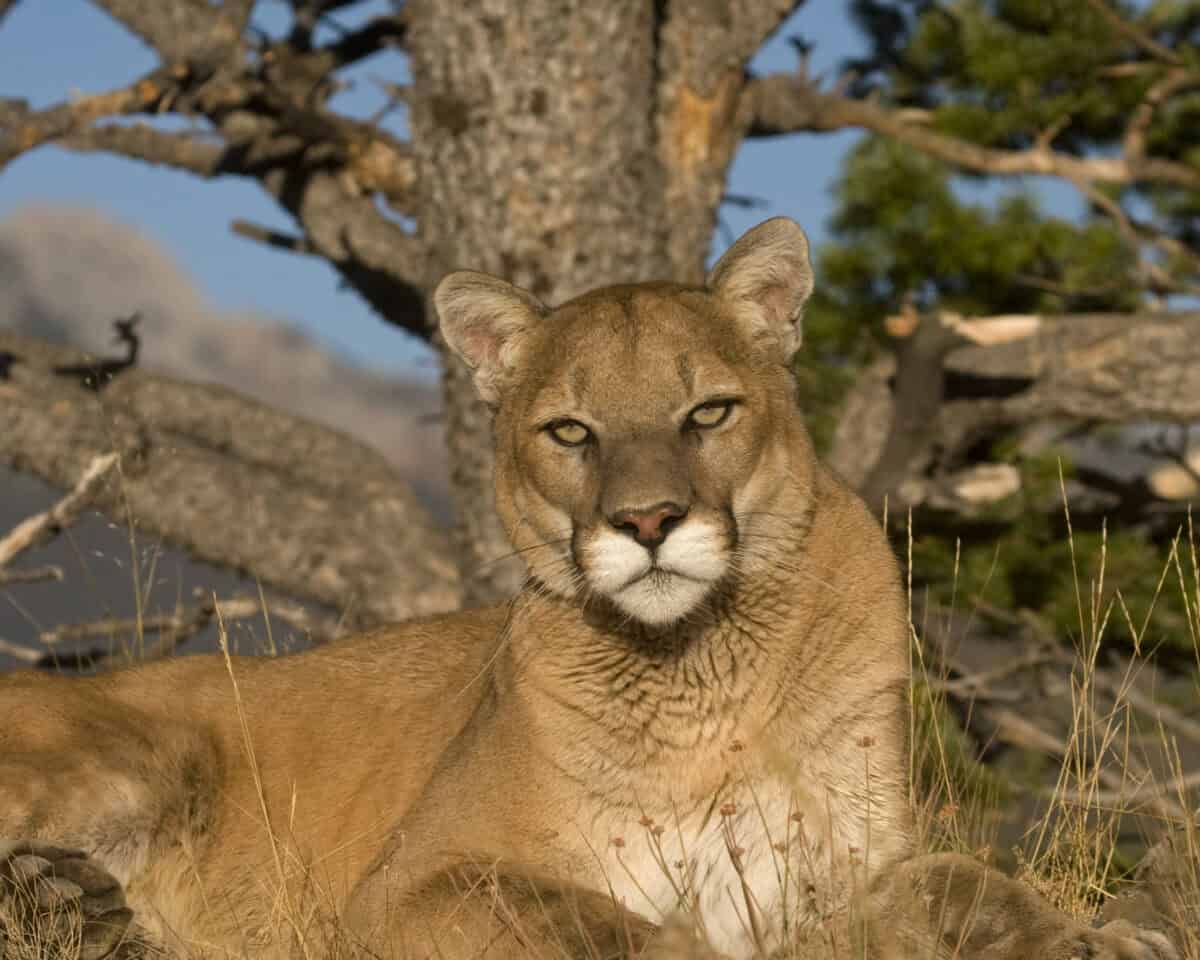
Big cats are inherently solitary and secretive animals. Their elusive nature is primarily a survival tactic, allowing them to maintain a low profile while stalking prey and avoiding potential threats. This behavior is particularly evident in the cacti-dotted landscapes of the Southwest, where they blend seamlessly into the environment, making sightings a rare and thrilling experience.
Mountain Lions The Ghosts of the Desert
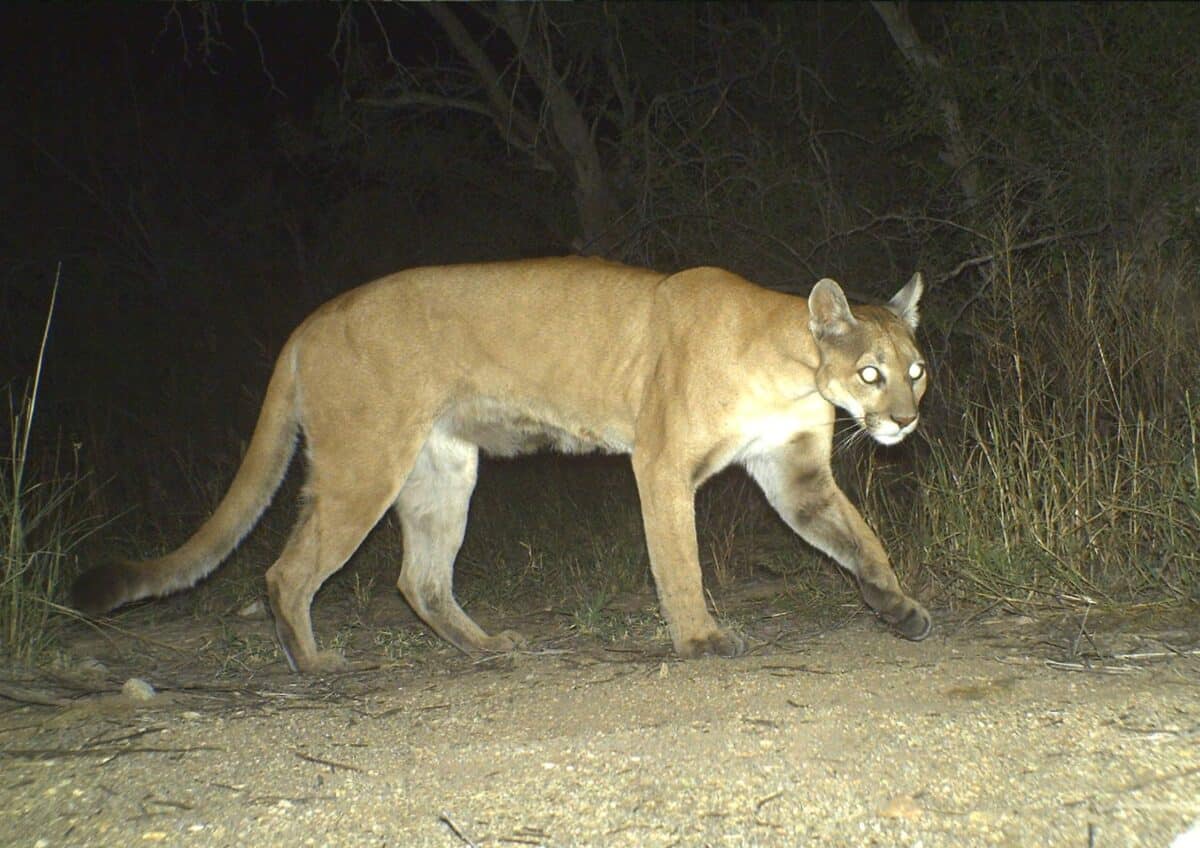
Mountain lions, also known as cougars or pumas, are among the most adaptable big cats in the Southwest. They exhibit exceptional skill in navigating rugged terrains and can be found from the Grand Canyon to the grasslands of Texas. These solitary hunters have large territories, and their elusive nature makes them difficult to study in the wild.
The Endangered Jaguars of the Southwest

Jaguars once roamed much of the American Southwest, but now their presence is limited to sporadic sightings, mostly in southeastern Arizona. Known for their powerful build and striking rosette patterns, these magnificent cats face numerous threats from habitat fragmentation and illegal poaching. Conservation efforts are underway to protect the remaining population and ensure the survival of this species in the region.
The Resilient Bobcats
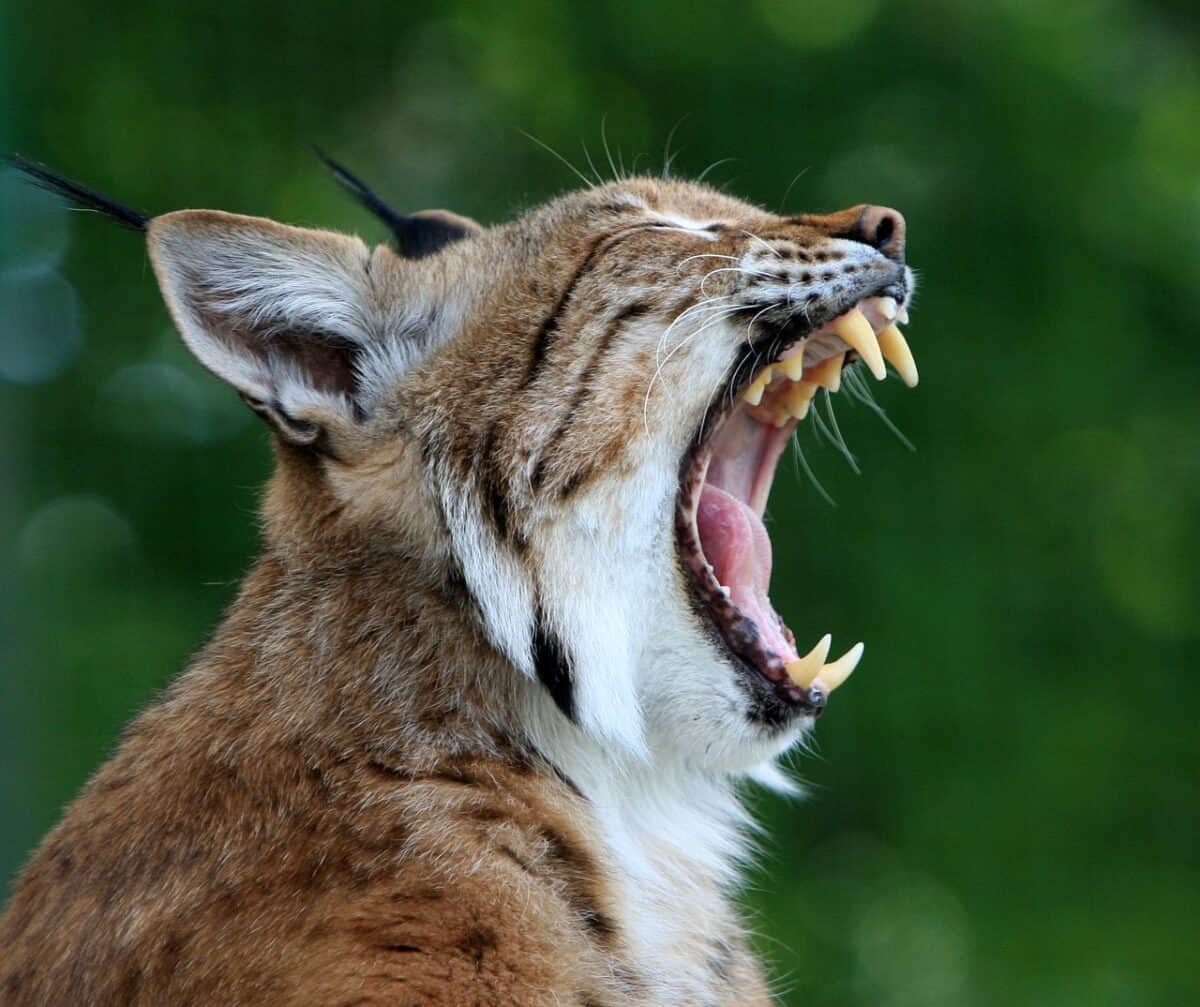
While smaller than their counterparts, bobcats are incredibly resilient. They possess a remarkable ability to thrive in diverse environments, including urbanized areas. These medium-sized cats are easily identified by their tufted ears and short tails. Unlike other big cats, bobcats are flexible in their diet, preying on a variety of animals ranging from rodents to birds.
The Role of Big Cats in the Ecosystem

Big cats are apex predators, vital in maintaining ecological balance. By controlling prey populations such as deer and small mammals, they help preserve vegetation and prevent overgrazing. Their presence indicates a healthy ecosystem, reflecting biodiversity and the well-being of the environment.
Challenges Facing Big Cats in the Southwest
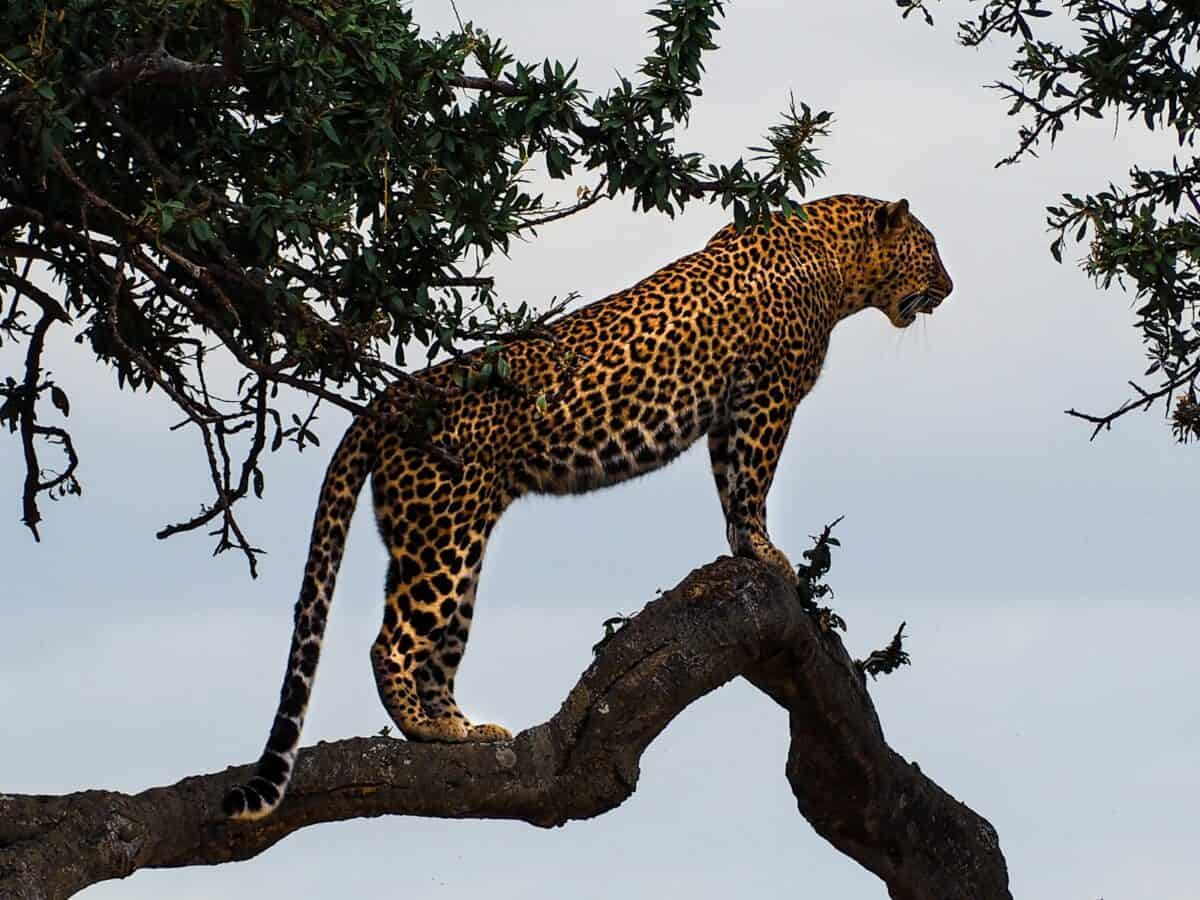
Despite their solitary prowess, big cats in the Southwest confront numerous challenges. Habitat loss due to urban expansion, roads, and agriculture poses significant threats to their populations. Additionally, human-wildlife conflicts arise as human encroachments increase, necessitating comprehensive management strategies.
Conservation Efforts and Initiatives
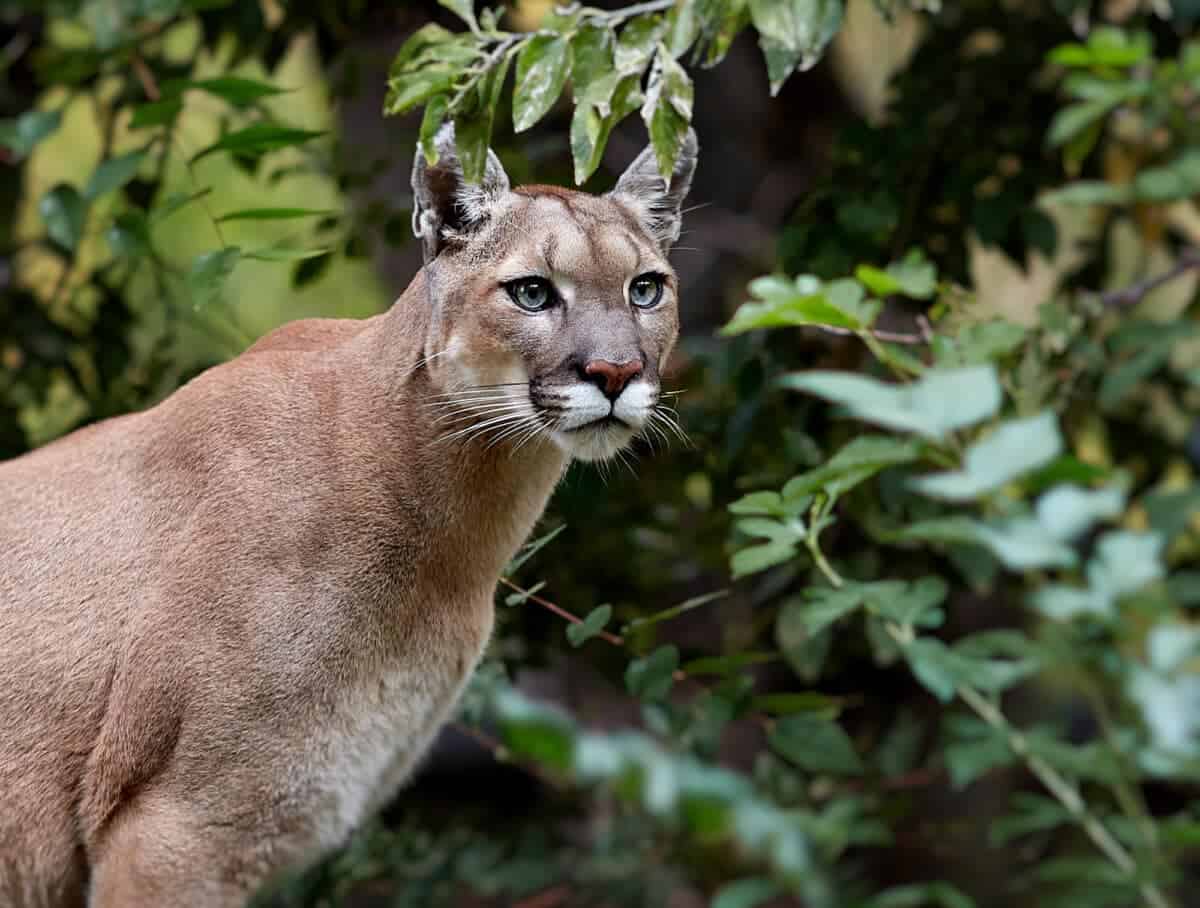
Various conservation initiatives are dedicated to protecting big cats and their habitats in the American Southwest. Organizations work tirelessly on land protection, research, and public awareness campaigns. Collaborative efforts between governments, conservationists, and local communities are crucial in fostering environments where these majestic creatures can thrive.
Innovative Research Techniques

Advancements in research technologies, such as camera traps and GPS collaring, have revolutionized the study of big cats. These methods provide insights into their movement patterns, behavior, and population dynamics — essential data for effective conservation strategies. Researchers continue to refine these techniques, offering hope for more successful conservation outcomes.
The Cultural Significance of Big Cats
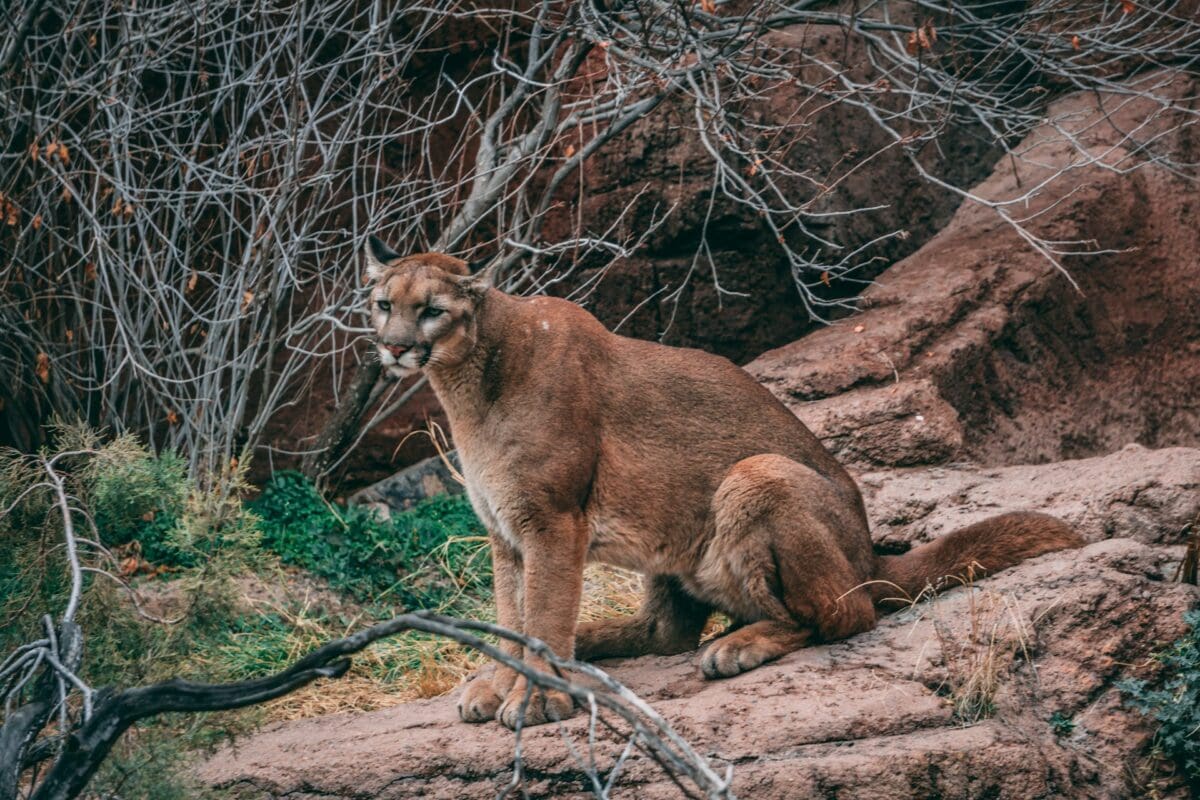
Big cats hold cultural significance for many Indigenous communities of the Southwest. They are revered as symbols of strength, courage, and wisdom. Understanding and respecting these cultural connections is vital in formulating conservation measures that honor local traditions and knowledge.
Coexisting with Big Cats A Community Approach
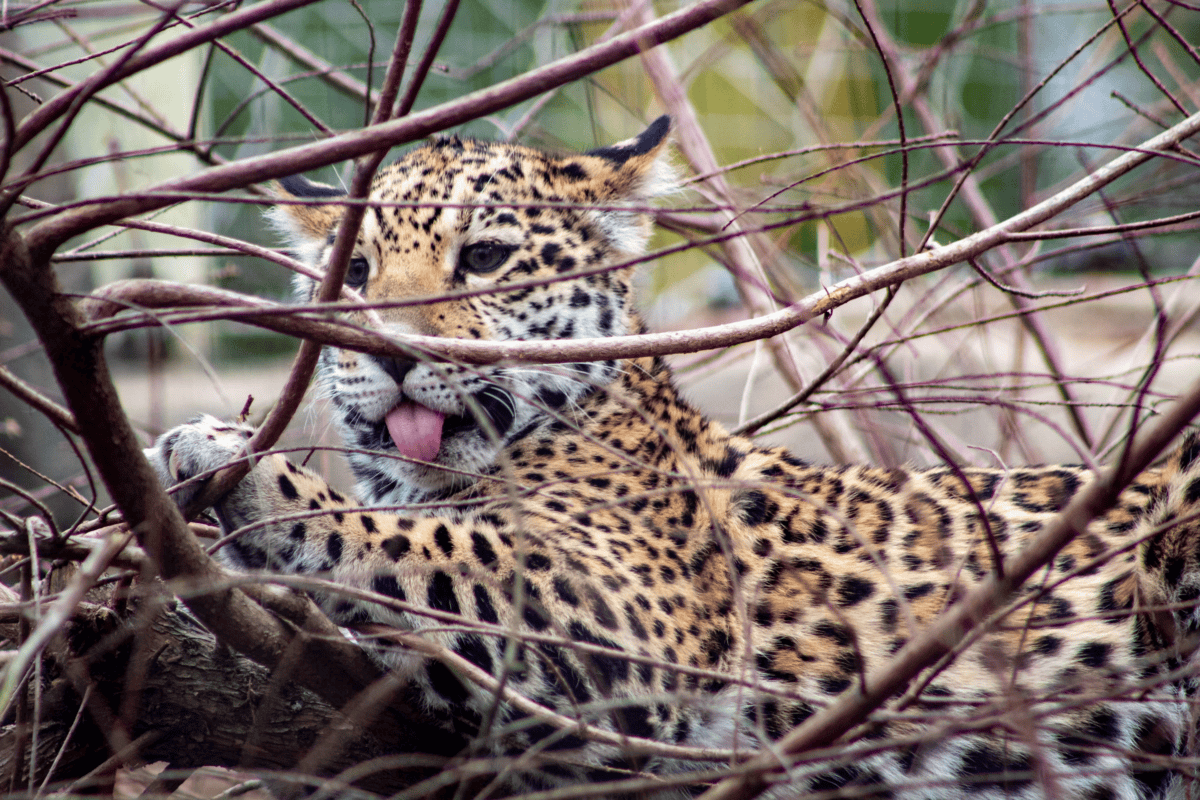
Promoting coexistence between humans and big cats is paramount to ensuring their survival in the American Southwest. Community-based programs that focus on education, wildlife-friendly practices, and conflict resolution are essential for fostering harmony. Engaging local communities in conservation efforts ensures long-term sustainability and mutual benefits.
Raising Awareness The Key to Conservation

Raising public awareness about the plight of big cats and their ecological roles is crucial for garnering support. Educational campaigns, wildlife documentaries, and eco-tourism can engage and inspire people to appreciate and protect these majestic creatures. Only through collective awareness can meaningful changes be achieved for the future of big cats in the Southwest.
Conclusion:
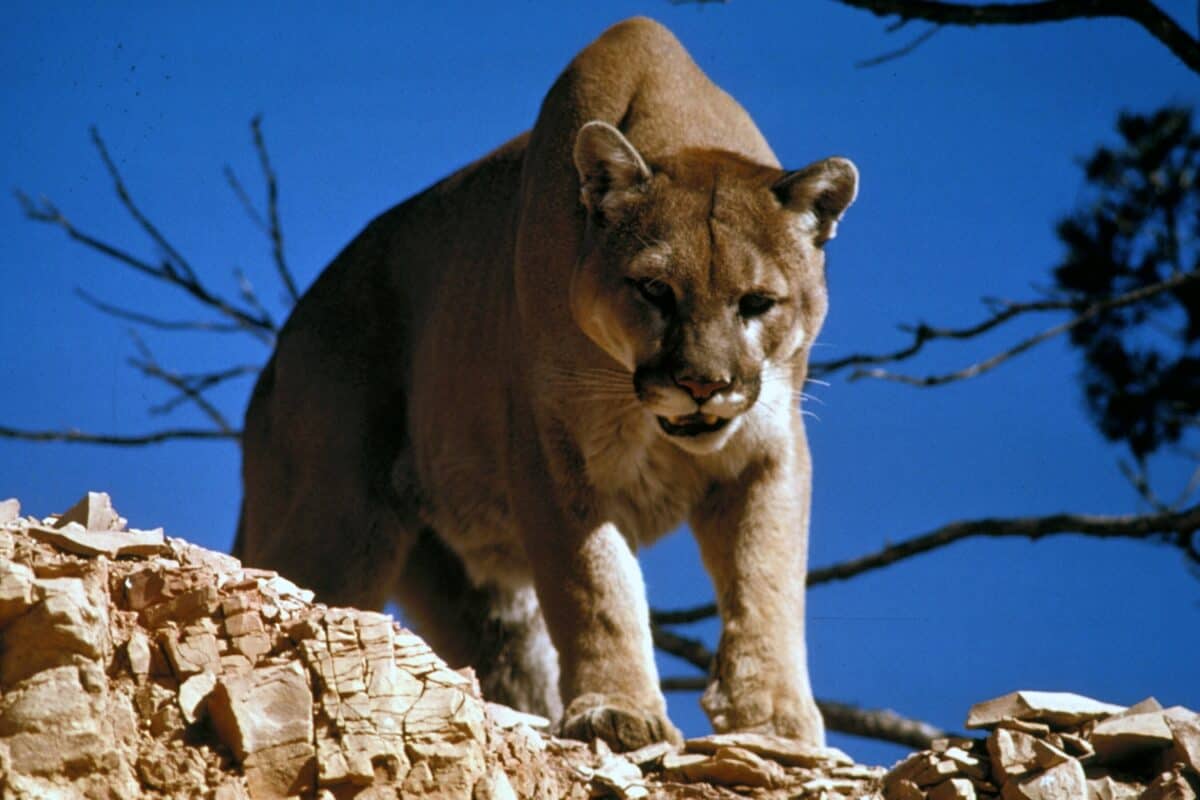
In conclusion, the big cats of the American Southwest are both mysterious and vital components of the region’s biodiversity. Their elusive nature adds to their charm and highlights the importance of preserving these magnificent creatures. By understanding their roles and challenges, fostering coexistence, and supporting ongoing conservation efforts, we can ensure that future generations continue to marvel at the presence of these awe-inspiring animals in the Southwest.
- 13 Most Dangerous U.S. Wildlife - August 20, 2025
- Animals in Idaho - August 20, 2025
- 10 Mammals You Did not Know Could Swim - August 20, 2025

